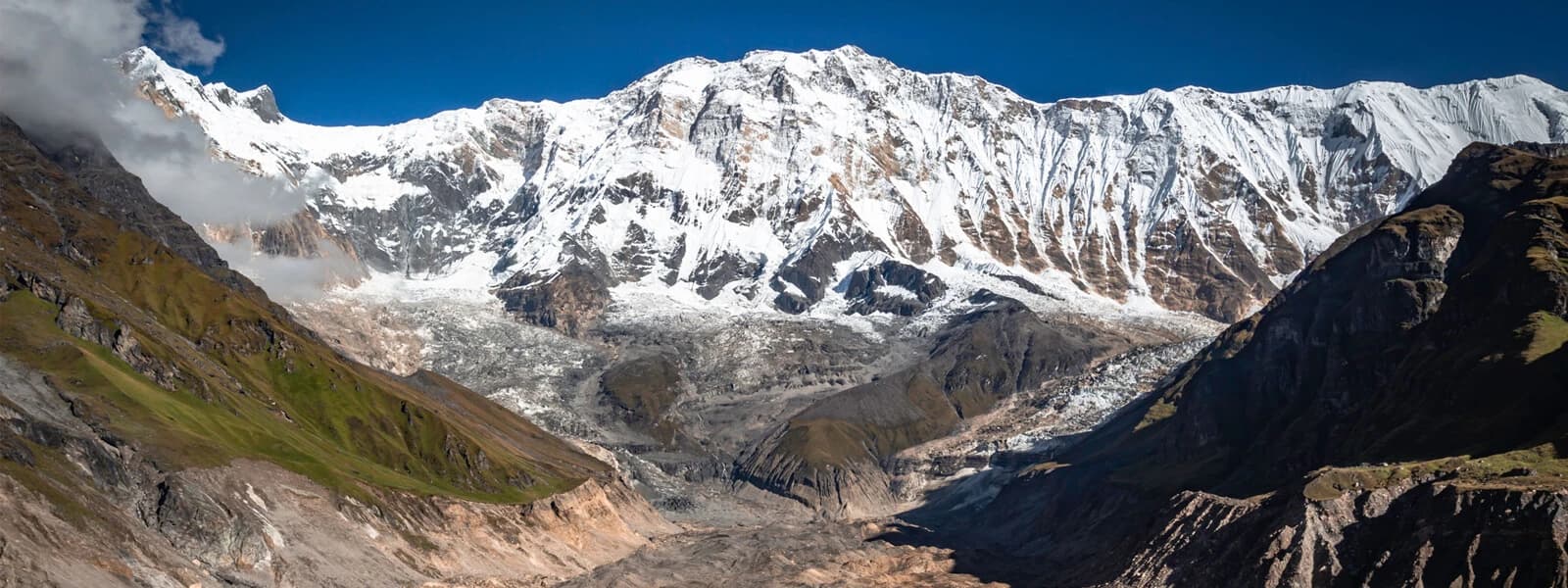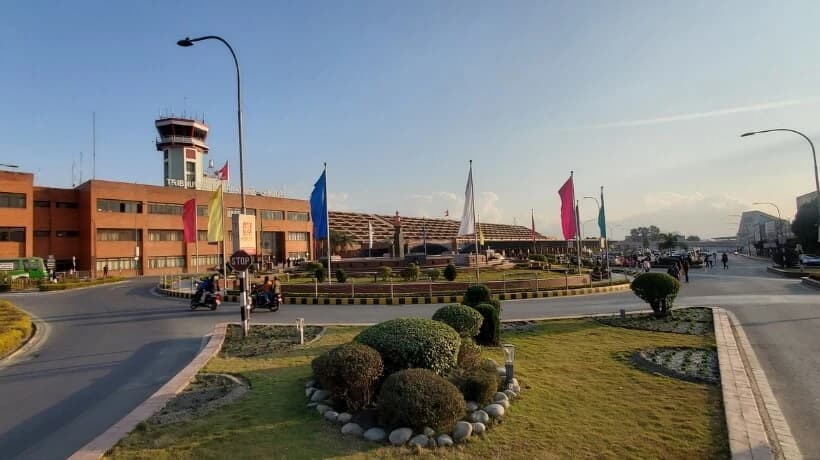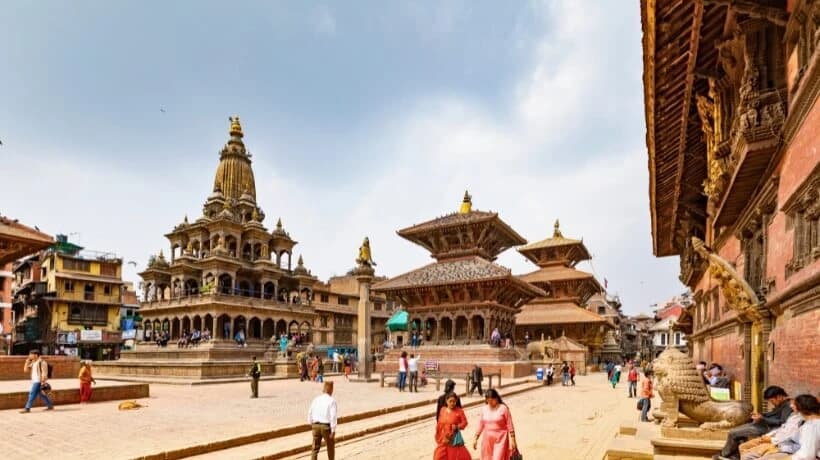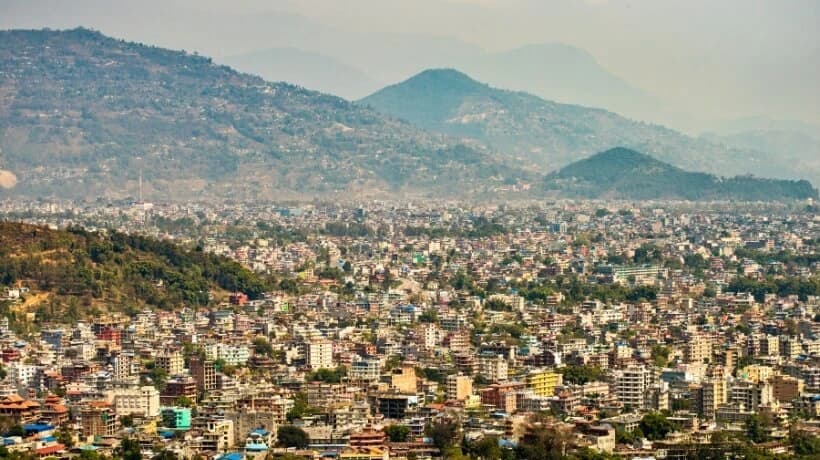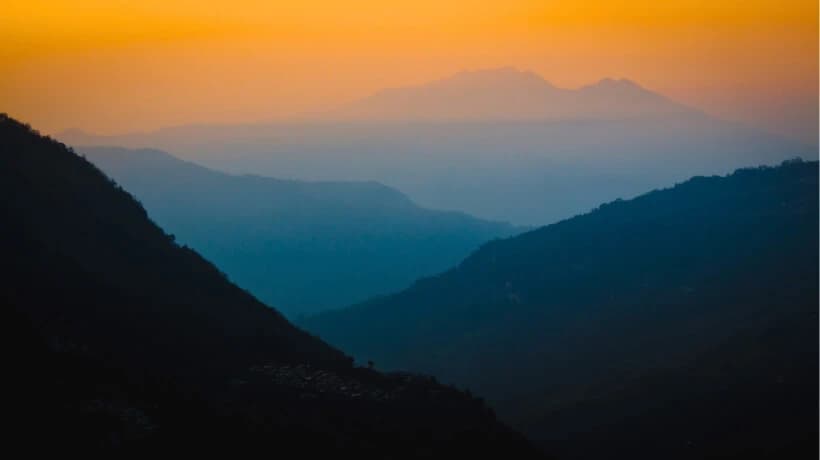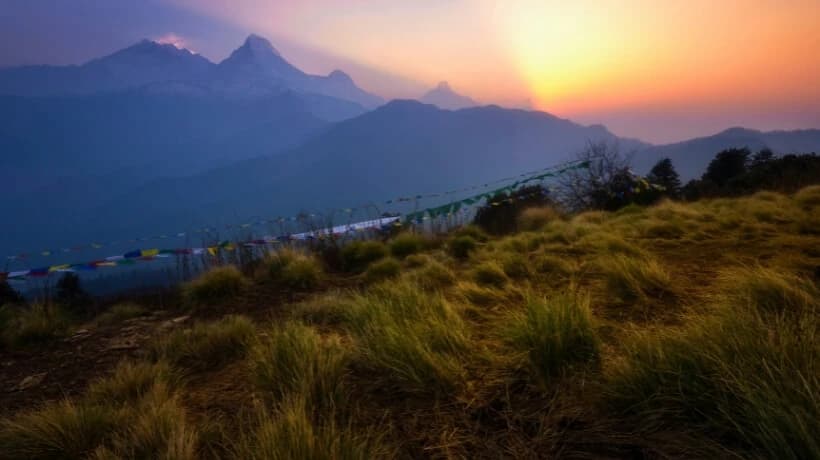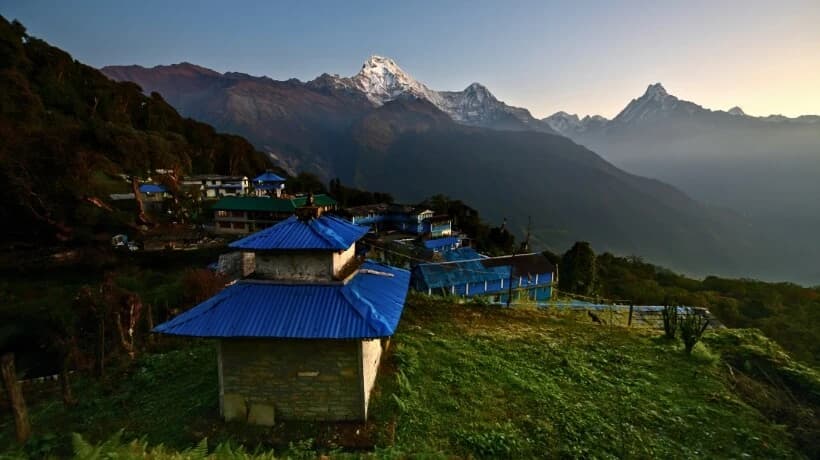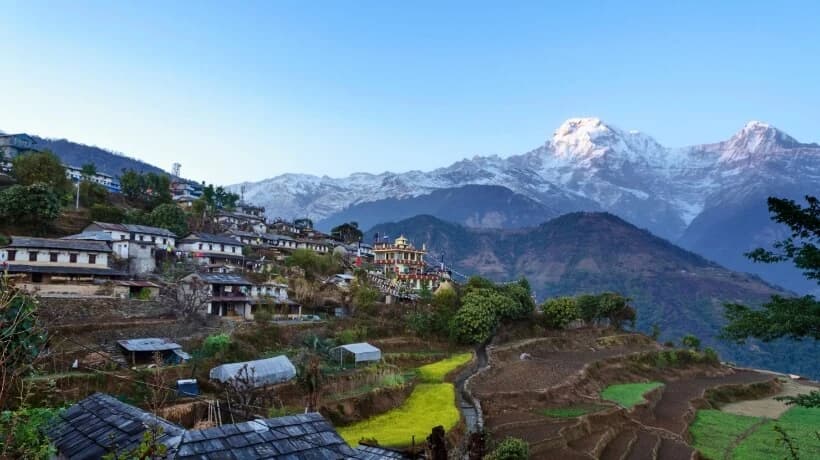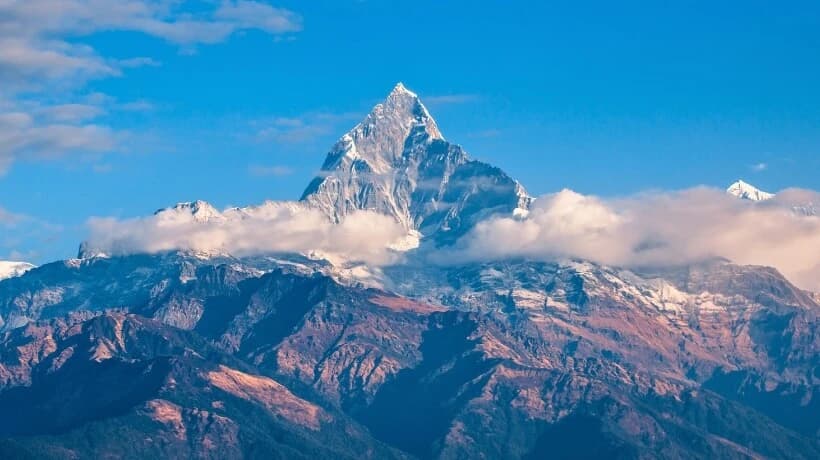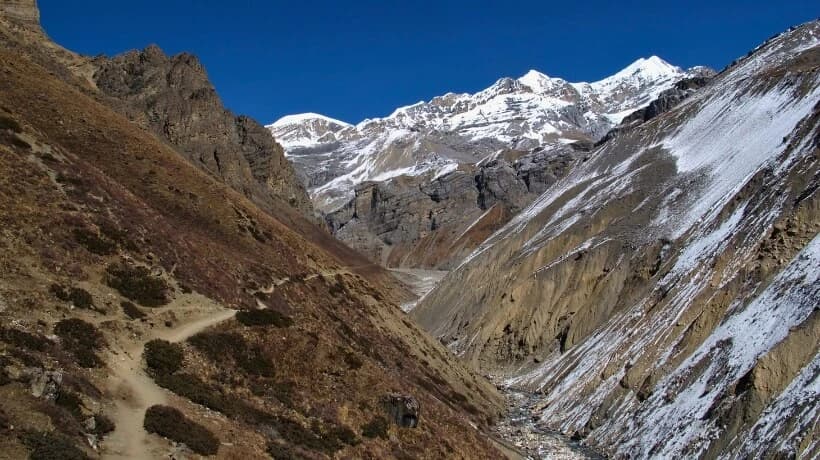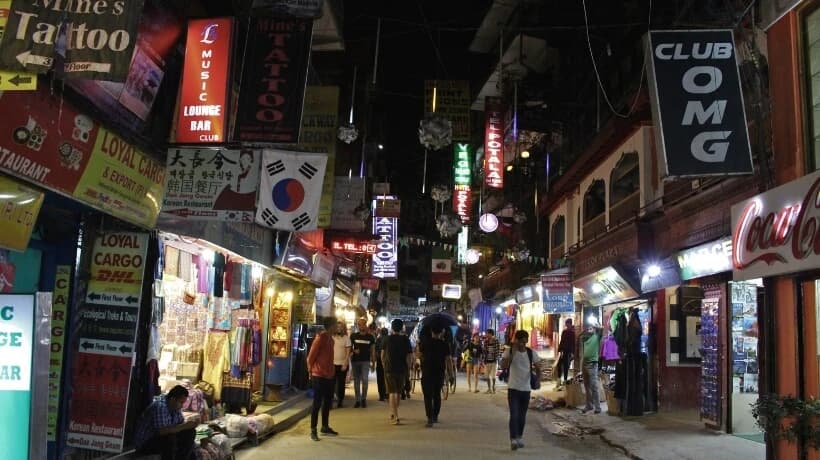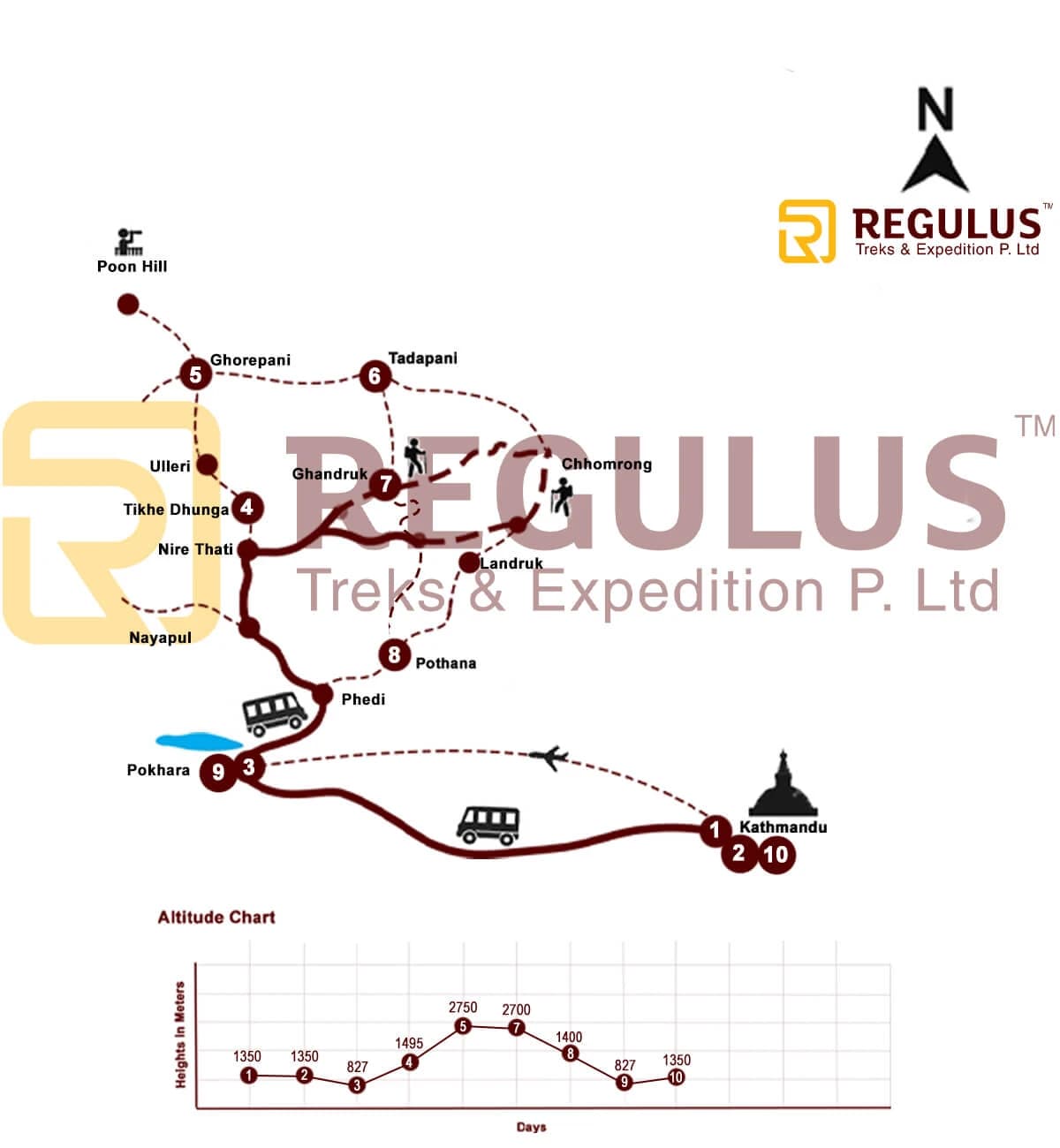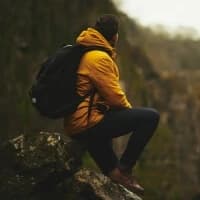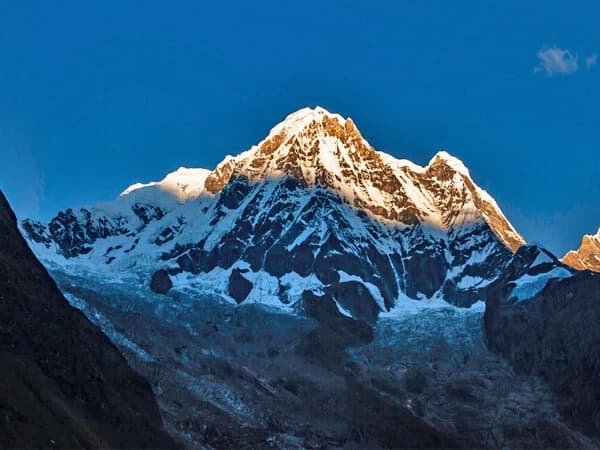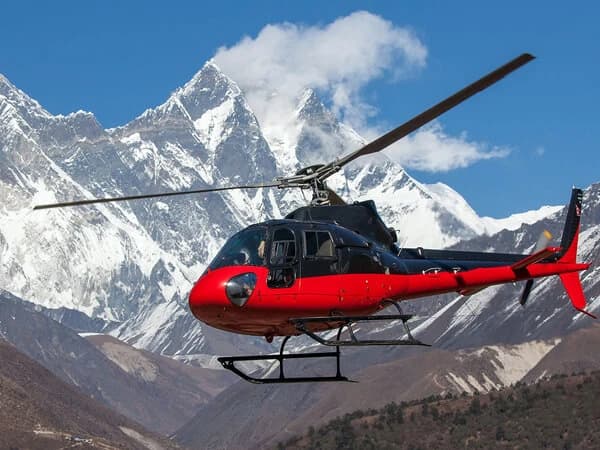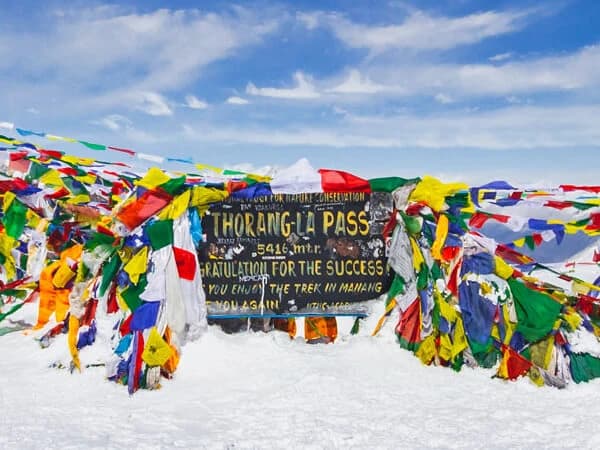The beauty of Annapurna Panorama Trek is that it immerses you in the beauty of the Annapurna Region. The Annapurna Panorama trekking for 11 days will offer you the chance to view several mountains, streams, forests, and local communities. It is a single destination where you will get a true taste of Nepal this is why we call it— Annapurna Panorama Trek. Annapurna panorama trekking is also popularly known as Annapurna Poonhill trek. The Poon Hill is a hill station, a viewpoint which is popular for viewing sunrise and sunset, it offers you a picture-perfect scene of sun rays falling on the surface of Annapurna and Dhaulagiri which cannot be described in words.
Highlights
- Best Sunrise and Himalayas View from the Poonhill
- Breathtaking views of mountains like Annapurna, Fishtail, Dhaulagiri, Manaslu
- Experience the unique flora and fauna, Nepal’s national flower Rhododendron on the trail
- UNESCO listed World Heritage Sites tour in Kathmandu
- Visit the local villages of Ghandruk & Ghorepani
- A glimpse of local & traditional Nepalese lifestyle
- Explore the Annapurna Conservation Area
- Ethnic Gurung culture in Ghandruk
- Visit Gurung museum
- Pokhara City Tour
Poon Hill Trek, The Easiest Adventure in Annapurna Region
The landscape of the poon hill area is mesmerizing and due to this, the number of tourists visiting here is increasing by around two folds every year. Here you get the view of Mount Dhaulagiri (8167m), Annapurna I (8091m), Mount Machhepuchhre (6998m), Nilgiri (7041m), Annapurna South (7219m), Annapurna II (7939m), Annapurna III (7555m) and Tukuche (6920m).
Besides, the trekking also acquaints you with the local lifestyle of people. Gurungs and Magar are local inhabitants of this area. They are registered as an ethnic indigenous group of Nepal by the government. They have their unique identity and culture.
The world had recognized Magar and Gurung as brave people. They are the people who fought bravely during the Second World War in support of the United Kingdom then. There are many Gurung and Magar who are honored by the Victoria Cross (VC) from the Queen of England.
Their honesty and bravery are an example to the world due to which Gorkha Regiment still exists in England and India.
Besides, the unique culture and tradition of these communities are also a matter of attraction in the Annapurna Region. Their lifestyle and use of local wine in every traditional occasion fascinate many trekkers.


